Auto electronics
Informationalized Solution
R&D tools
Marketing
Time-Sensitive Networking (TSN) technology is one of the key technologies for achieving high reliability and low latency in in-vehicle network communication. The TSN protocol family is vast and complex, and fully understanding and mastering these protocols is a common challenge for designers. Additionally, in the field of in-vehicle network communication, the automotive industry lacks practical experience with the application of TSN technology. Therefore, further exploration is needed in technology design applications, testing verification methods, and other areas.
During the rapid implementation of new technologies, proof of concept (POC) or system prototype construction is a common approach. The higher the fidelity of a system prototype to the actual system, the more thorough the subsequent verification of the feasibility and necessity of the new technology, ultimately leading to its application in actual projects. This approach also has the advantages of lower project risks and sunk costs.
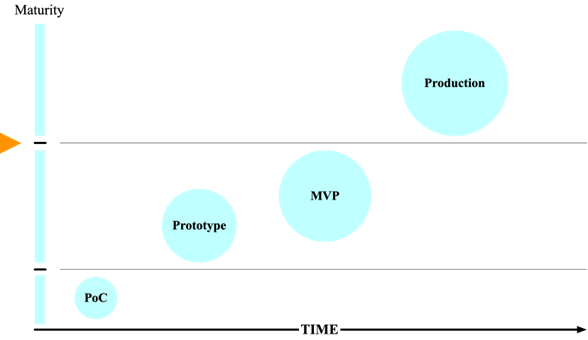
Polelink is committed to providing automotive clients with comprehensive and mature in-vehicle TSN network communication application solutions. These services mainly cover TSN technology design, simulation, prototype construction, testing verification, and toolchain application in the field of engineering services. This article will focus on explaining Polelink's engineering service content related to TSN network prototype construction based on customized client needs.
Centralized Architecture Network Communication System
A centralized architecture is the ultimate goal of automotive electronic architectures. In-vehicle electronic systems are typical distributed real-time systems that need to meet hard real-time, soft real-time, and strict real-time functional requirements.
Therefore, the network communication architecture in this new architecture will have the following characteristics:
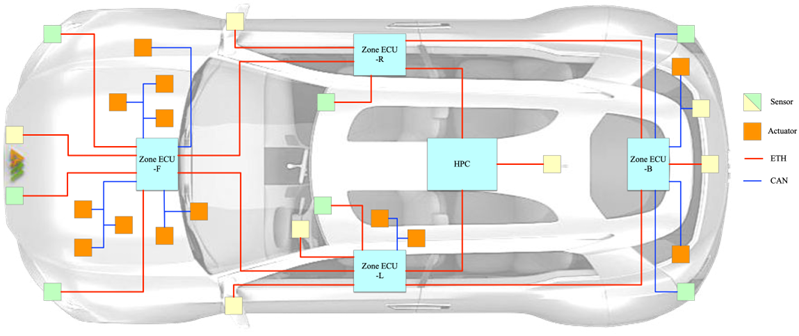
Network Communication Architecture Characteristics
- Access Layer: Diverse network port types and abundant resources.
- Aggregation Layer: Mostly uses ring network designs to achieve high reliability.
- Core Layer: Specific implementation is related to the HPC hardware platform.
Network Communication Data Flow
- Sensor Data: Sensors -> HPC
- Control Commands: HPC -> Actuators
- Software Process Data Interaction: Between distributed systems
Polelink TSN Prototype
Polelink has constructed a TSN network prototype with the aim of visually demonstrating the role and effect of TSN technology in engineering applications within in-vehicle networks. At the same time, it also addresses the QoS constraints of network communication for autonomous driving systems and verifies the feasibility of the DDS-TSN foundational software architecture.
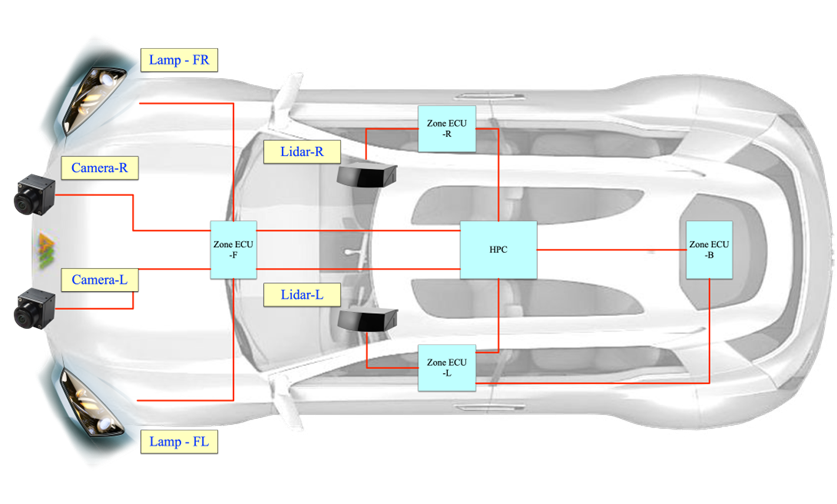
network prototype topology design diagram
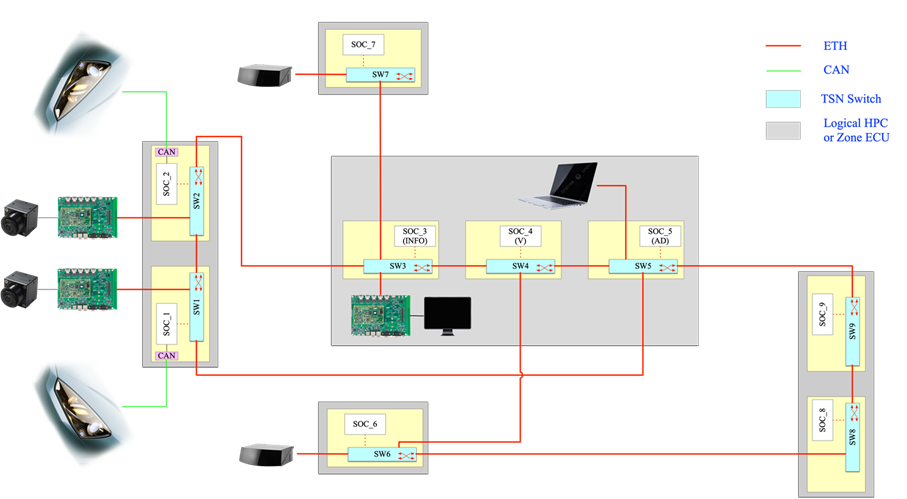
Implementation of Communication Application Scenarios
The network prototype covers typical network communication application scenarios of centralized architecture, as shown below:
1. Time Synchronization Scenario
- Time synchronization between network nodes or devices such as LiDAR, Camera, and Switch.
2. QoS Constraints for Critical and Important Data Flow
- Sensor Data Transmission: Sensor -> HPC: Camera video stream uses CBS shaping.
- Sensor Data Transmission: Sensor -> HPC: LiDAR point cloud data stream uses TAS shaping.
- Control Data Transmission: HPC -> Actuator: HPC headlight control stream uses TAS shaping.
3. Ethernet Ring Network Design
- HPC Headlight Control Stream: Uses CB for network link redundancy.
- LiDAR Point Cloud Data Stream: Uses CB for network link redundancy.
Communication Data Flow Definition
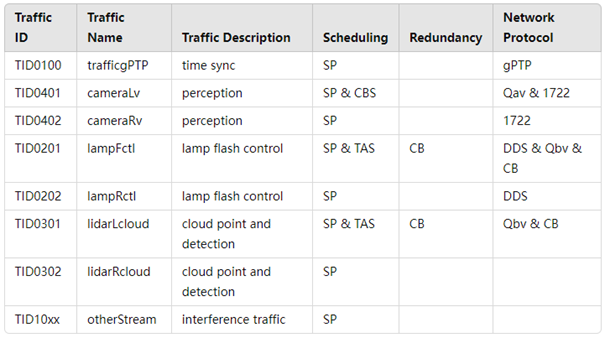
Communication Protocol Application
The main network communication protocols involved in the prototype system are as follows:
TSN Protocols:
- gPTP, Qav, Qbv, CB, 1722
High-Level Communication Protocols:
- DDS
---
Prototype System Hardware List
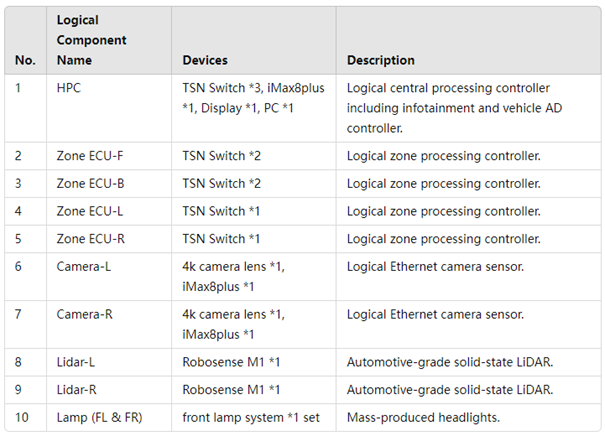
full prototype panoramic view

Conclusion
The TSN network prototype utilizes TSN protocols such as gPTP, Qav, Qbv, CB, and 1722, as well as the DDS high-level communication protocol. Comprehensive consideration was given to the network communication application scenarios in centralized architectures, and representative data flows in the network communication architecture were selected to implement the design and application of TSN technology in these scenarios.
The characteristics and quantity of the network data flow, the range of TSN protocol applications, and the selection of hardware such as sensors, actuators, and TSN switches can be adjusted and adapted based on the network topology and data transmission needs in actual projects.
In future articles in this series, we will build on the TSN network prototype to demonstrate how TSN technology ensures network communication QoS when worst-case scenarios occur and its effect validation. We look forward to your continued attention.